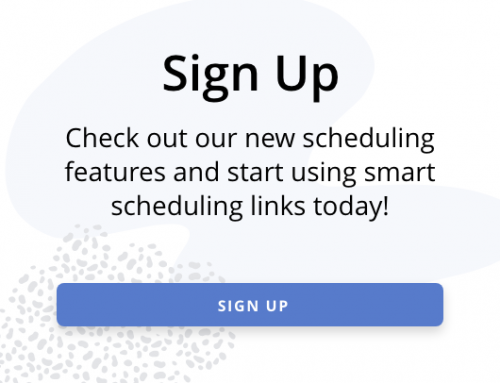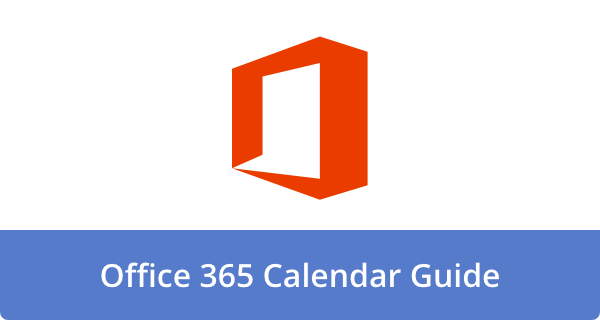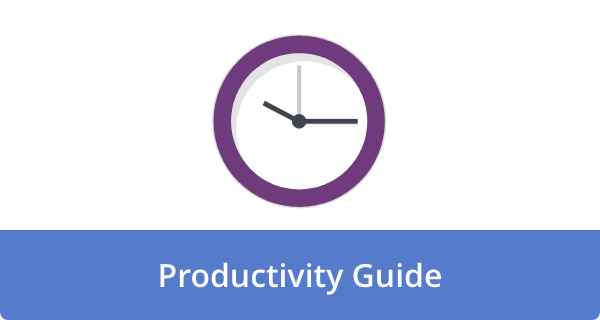

Some professionals turn their calendars into works of art: color codes, 15-minute micro-blocks, automated rules for every edge case. Then 10 a.m. hits, and the day blows up. If you’ve layered so much structure onto your time that real work struggles to breathe, you may be over-optimizing. That’s not a character flaw. It’s a byproduct of caring about performance and wanting control. However, research on task switching, planning errors, and meeting overload indicates that overly tight systems can create fragility and stress. Below are five clear signs your calendar is over-tuned—and practical, evidence-based resets to make your schedule resilient again.
1) Your plan collapses by midmorning
Sign: Your day looks perfect on paper until the first delay. One slippage forces a cascade of rebooked blocks. You end up managing a Tetris board, not your priorities. The culprit is the planning fallacy: we underestimate how long work will take, even when we know better, which makes zero-buffer schedules brittle (see the American Psychological Association’s entry on the planning fallacy).
Do instead: Build a “minimum viable schedule.” Lock only 2–3 anchors that matter most, then leave 30–50% of open space as flex. Use a default rule: add a 1.5× buffer to anything creative, cross-functional, or first-time. Consider Cal Newport’s fixed-schedule productivity approach: constrain total hours, force tradeoffs, and let the constraint improve focus.
2) You reschedule micro-tasks all week
Sign: Your calendar is littered with 5–15 minute tiles for pings, quick reviews, and “just check” tasks. They rarely happen on time, so you continually drag them forward. The real cost isn’t the minutes—it’s the cognitive switching that fractures attention. Psychologists have repeatedly shown that switching tasks taxes mental resources and time (APA overview on multitasking and switching costs).
Instead, create a daily “admin hour” and batch all tasks under 15 minutes during that time. Keep a rolling capture list, not individual tiles. If something truly takes under two minutes, handle it on capture and skip the calendar. For any tasks that still require a block, set a floor of 20–30 minutes to minimize context switching. Track a simple metric for a week: number of context switches before noon. Aim to reduce it by 25%.
3) Your calendar sets your priorities, not the other way
Sign: Meetings and inbound requests fill your week, leaving high-impact work stranded in the margins. If your schedule feels like a shared public utility, your priorities will always be reactive. Research published in Harvard Business Review documents how organizations drift into “meeting madness,” consuming 20+ hours a week with limited value.
Do instead: Run a weekly allocation review. On Friday, tag next week’s events green/yellow/red: green = moves a top objective, yellow = necessary coordination, red = optional or low ROI. Decline or shorten two reds. Convert one recurring status meeting to async updates. Protect one meeting-free morning for deep work. Revisit the ratio weekly until at least 40% of your week is green.
4) You can’t find a runway for deep work
Sign: Your calendar has plenty of time, but it’s chopped into 30–45 minute slivers. You never achieve flow because interruptions and tiny gaps reset your focus. Classic findings show interruptions increase speed but at the cost of higher stress and time pressure (Gloria Mark et al., “The cost of interrupted work: more speed and stress”). Timeboxing helps, but only if the boxes are long enough to enter a focused state (HBR on timeboxing).
Do instead: Reserve two 90-minute deep work blocks per day as “hard holds.” Treat them like external meetings. Stack shallow work adjacent to real meetings, not between deep blocks. Start each deep block with a 30-second plan: define the single deliverable for that window and the first step you’ll take. Measure success by deliverables completed per week, not hours sat.
5) You spend more time tweaking tools than producing outcomes
Sign: You continue to refine tags, automations, and views. You’re optimizing the meta-work instead of the work. Tool tuning can be valuable, but endless tinkering can lead to pseudo-productivity. If your system changes weekly, your brain never builds habits.
Instead, institute a 30-day tooling freeze. Select one calendar approach and one task management system, then stop adjusting the structure. Funnel the impulse to improve into a monthly operations review: What slowed me down? What sped me up? Change only one thing per month. Borrow a constraint from deep work philosophies: fewer active projects, finished better, beats more plates spinning (Cal Newport’s work and broader “slow productivity” coverage offer useful guardrails).
How to implement this today
- Block next week’s two deepest priorities first, then schedule collaboration around them.
- Add a daily admin hour and move all micro-tasks into it.
- Set a 1.5× buffer on creative or cross-team work.
- Color-tag your calendar by green/yellow/red impact and cut two reds.
- Start a 30-day tooling freeze and schedule your monthly operations review.
When your schedule breathes, your work can, too. The goal isn’t a perfect calendar. It’s a resilient one that absorbs surprises without derailing momentum. Build buffers, protect focus, and let outcomes—not color codes—be the scoreboard of success.
Featured Image: Photo by Mikhail Nilov: Pexels











Angela Ruth
My name is Angela Ruth. I aim to help you learn how Calendar can help you manage your time, boost your productivity, and spend your days working on things that matter, both personally and professionally. Here's to improving all your calendars and becoming the person you are destined to become!